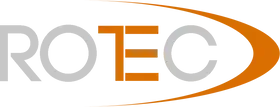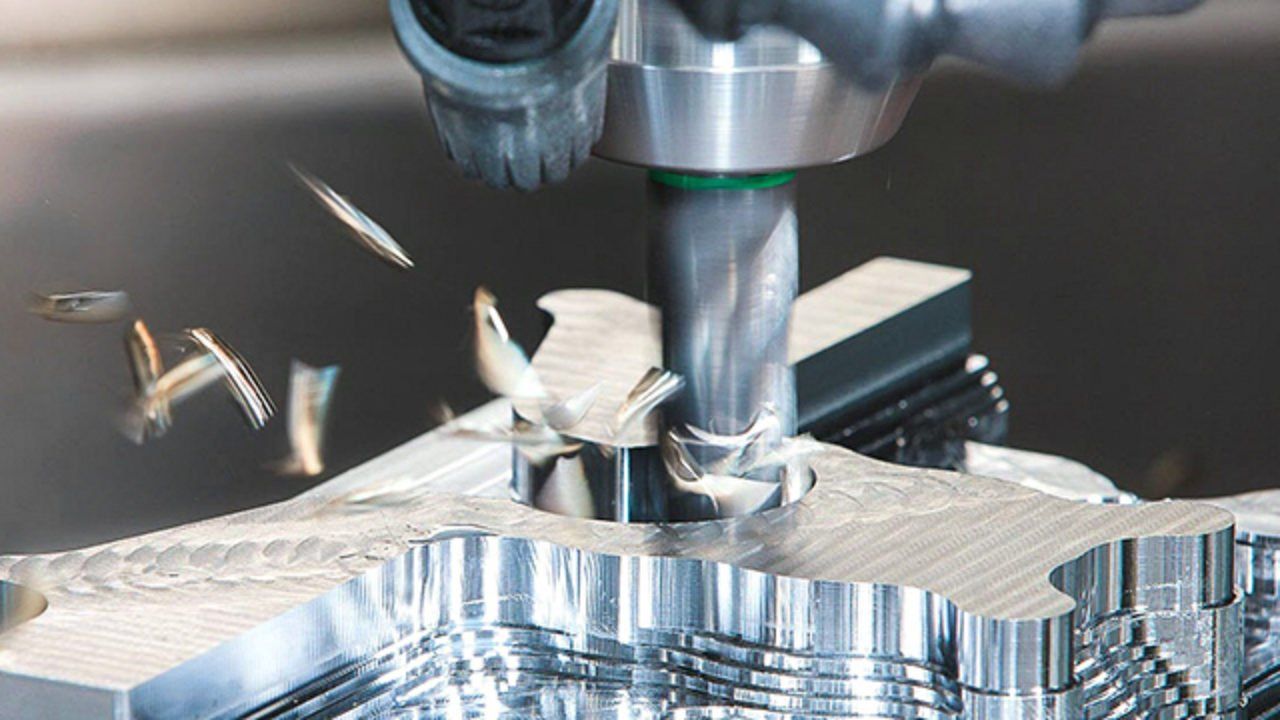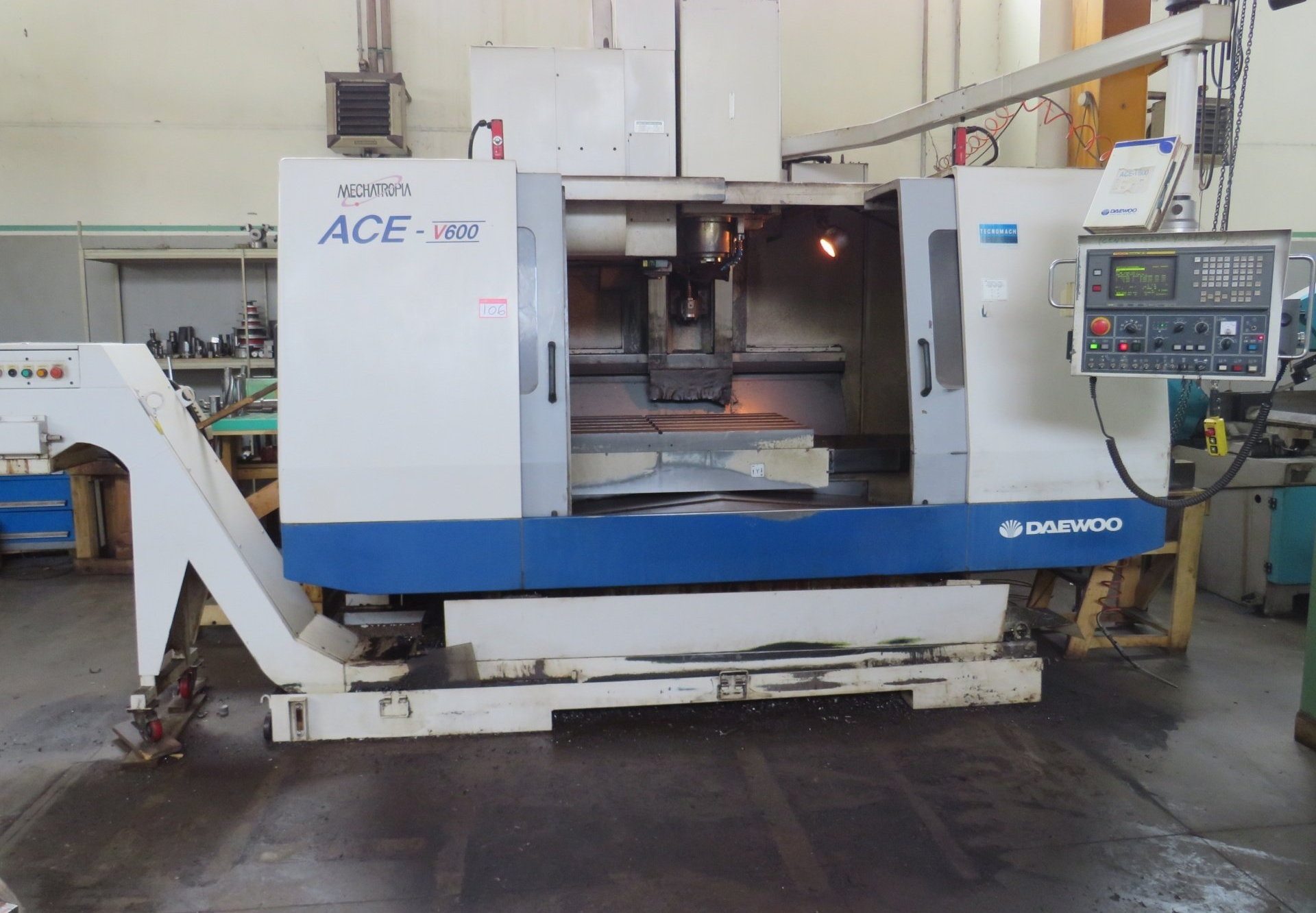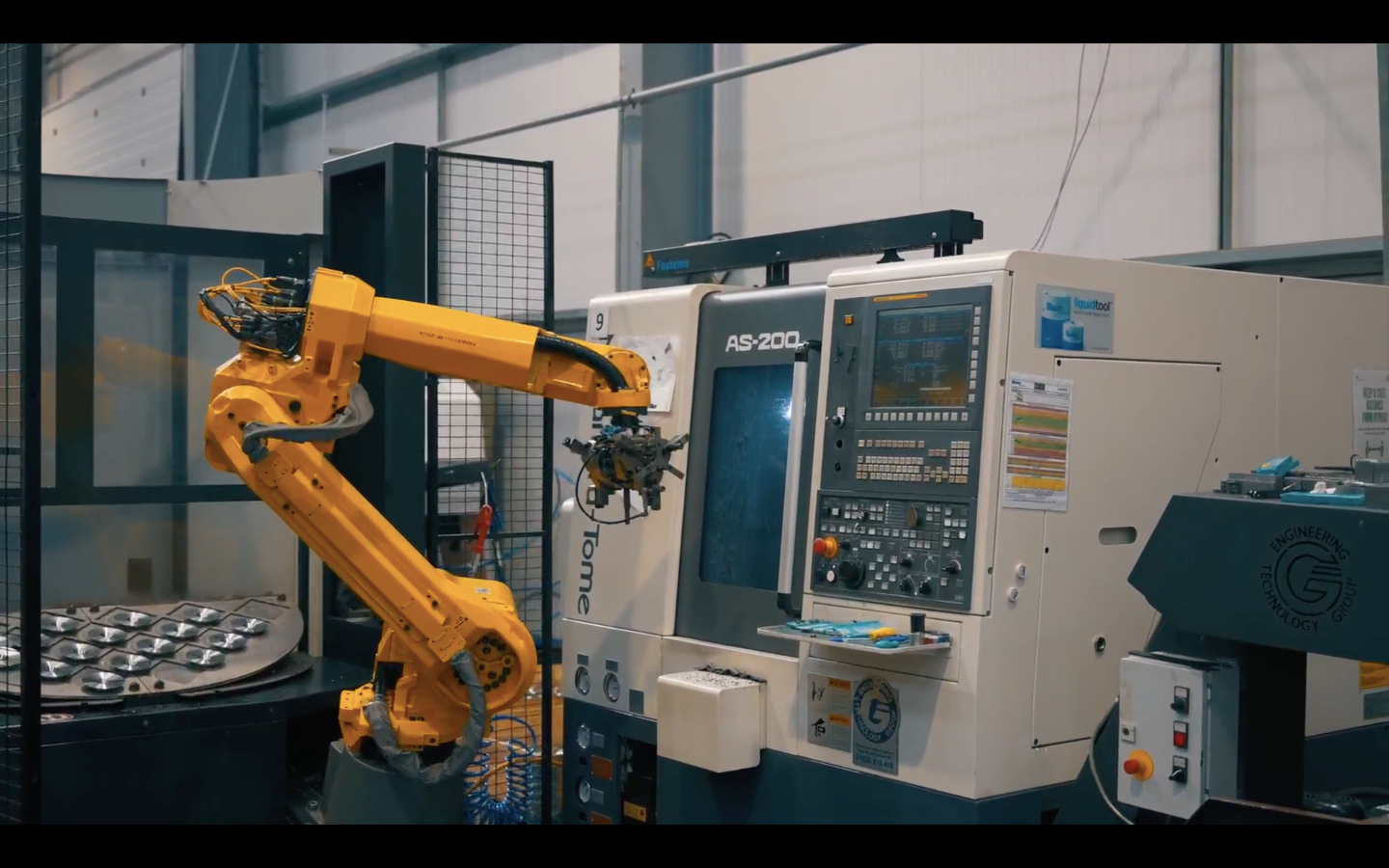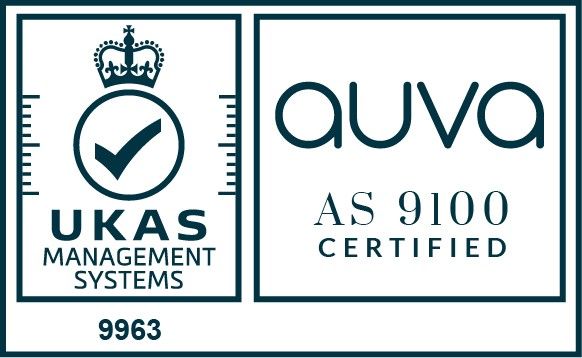~ Which CNC Machining Configuration is Better: 5-Axis or 3+2-Axis? ~
Understanding the distinctions between various CNC machining setups is vital for making informed manufacturing choices.
Understanding the distinctions between various CNC machining setups is vital for making informed manufacturing choices.
In the world of advanced CNC machining, manufacturers have access to a range of configurations that offer unparalleled precision and efficiency. Among these options,
5-axis CNC machining and 3+2-axis machining stand out as two of the most popular choices. With that being said, it’s crucial to understand the key differences between these configurations, their limitations and their ideal applications for making informed decisions in the manufacturing process.
In this article, we will provide a comprehensive comparison of 5-axis CNC machining and 3+2-axis machining, highlighting their main features, advantages, limitations, and ideal use cases. Before we delve into the details, let's first understand a little bit about each one of them.
What is 5-Axis CNC Machining?
5-axis CNC machining is a computer-controlled machining process that incorporates five axes of movement to achieve enhanced versatility and precision in machining operations. In addition to the traditional X, Y, and Z linear axes, a 5-axis CNC machine includes two rotational axes, typically referred to as the A-axis and B-axis.
The inclusion of the A-axis and B-axis in 5-axis CNC machining enables the cutting tool to approach the workpiece from multiple angles and orientations. This capability allows for the machining of highly complex geometries, such as undercuts, deep pockets, sculpted surfaces, and intricate curves. The ability to tilt and rotate the cutting tool reduces the need for multiple setups and repositioning, thereby enhancing efficiency and precision.
5-axis CNC machines are commonly used in industries such as aerospace, automotive, medical, and mould-making. They are capable of producing parts with tight tolerances and intricate features, including turbine blades, aerospace components, complex moulds, and artistic sculptures. The versatility and precision offered by 5-axis CNC machining make it a preferred choice for applications that demand the highest level of complexity and accuracy.
What is 3+2-Axis CNC Machining?
3+2-axis CNC machining is a variation of traditional 3-axis CNC machining that offers some of the benefits of 5-axis machining without the complexity and cost associated with full 5-axis systems. In 3+2-axis machining, the machine's table can be tilted or rotated in two directions (A and B axes), allowing the cutting tool to approach the workpiece from different angles.
Unlike continuous simultaneous 5-axis machining, 3+2-axis machining operates in two distinct stages. In the first stage, the machine positions the workpiece using the A and B axes to reach the desired angle. Once the workpiece is properly oriented, the subsequent machining operations are carried out using the traditional 3-axis movements (X, Y, and Z).
This approach enables 3+2-axis machines to handle complex geometries with improved access to different faces of the workpiece. While it may not achieve the same level of continuous motion and flexibility as 5-axis machining, 3+2-axis offers significant advantages over conventional 3-axis systems for certain applications.
Comparison of 5-Axis CNC Machining and 3+2-Axis Machining
To determine which CNC machining option is best for a specific use case, it's essential to consider factors such as the complexity of the part, precision requirements, production volume, and budget. Here's a detailed breakdown of how 5-axis CNC machining compares to 3+2-axis machining:
5-Axis CNC Machining
Advantages:
- Continuous Simultaneous Motion: 5-axis machines offer continuous simultaneous motion, enabling the cutting tool to reach virtually any angle or orientation, resulting in superior surface finish and accuracy.
- Complex Geometry Capability: With five axes of movement, 5-axis machining can handle highly intricate geometries, including undercuts, deep pockets, and sculpted surfaces, making it suitable for complex parts.
- Reduced Setups: By eliminating the need for multiple setups, 5-axis machining enhances productivity, minimizes production time, and reduces the likelihood of errors.
- Versatility: 5-axis machines are widely used in industries with high precision requirements, such as aerospace, medical, and mould-making.
Limitations:
- Higher Cost: 5-axis machines are generally more expensive than traditional 3-axis or 3+2-axis machines due to their advanced capabilities.
- Specialized Expertise: Operating and programming 5-axis machines may require specialized knowledge and expertise.
3+2-Axis CNC Machining
Advantages:
- Improved Access to Multiple Faces: 3+2-axis machines can tilt or rotate the workpiece to reach different faces without continuous simultaneous motion, allowing for better access during machining.
- Cost-Effectiveness: Compared to full 5-axis machines, 3+2-axis systems are typically more affordable, making them an attractive option for businesses with budget constraints.
- Reduced Complexity: 3+2-axis machining offers some of the benefits of 5-axis machining without the complexities associated with continuous simultaneous motion.
Limitations:
- Two-Stage Machining: The process involves two distinct stages, positioning the workpiece and then performing machining operations, which may increase cycle time.
- Limited Continuous Motion: 3+2-axis machines lack the full continuous motion capabilities of 5-axis machines, restricting access to certain angles and orientations.
Choosing the Right Option: 5-Axis vs. 3+2-Axis CNC Machining
When deciding between 5-axis CNC machining and 3+2-axis machining, it is best to evaluate the specific requirements of the parts or components being manufactured. Here are some general guidelines:
5-Axis CNC Machining: Recommended for highly complex parts with intricate geometries, tight tolerances, and the need for continuous simultaneous motion. It offers unparalleled precision and versatility but comes at a higher cost and may require specialized expertise.
3+2-Axis CNC Machining: Suitable for parts with complex geometries that require access to multiple faces without the full complexity of continuous simultaneous motion. It strikes a balance between cost-effectiveness and enhanced machining capabilities.
Final Thoughts
Both
5-axis CNC machining and 3+2-axis machining offer unique advantages for different manufacturing needs. 5-axis machining provides continuous simultaneous motion and unmatched precision for highly complex parts, while 3+2-axis machining offers improved access to multiple faces and is a more budget-friendly option. Manufacturers should carefully assess their specific requirements and constraints to determine the most suitable CNC machining configuration for their applications.
At Rotec, we have expertise in a wide range of CNC machining solutions, including 5-axis and 3+2-axis systems. Our team of experts is here to assist you in making the right choice for your CNC machining needs.
To learn more about us or to discuss your project requirements, contact us at
01386-424111 or
sales@rotec-ltd.com.
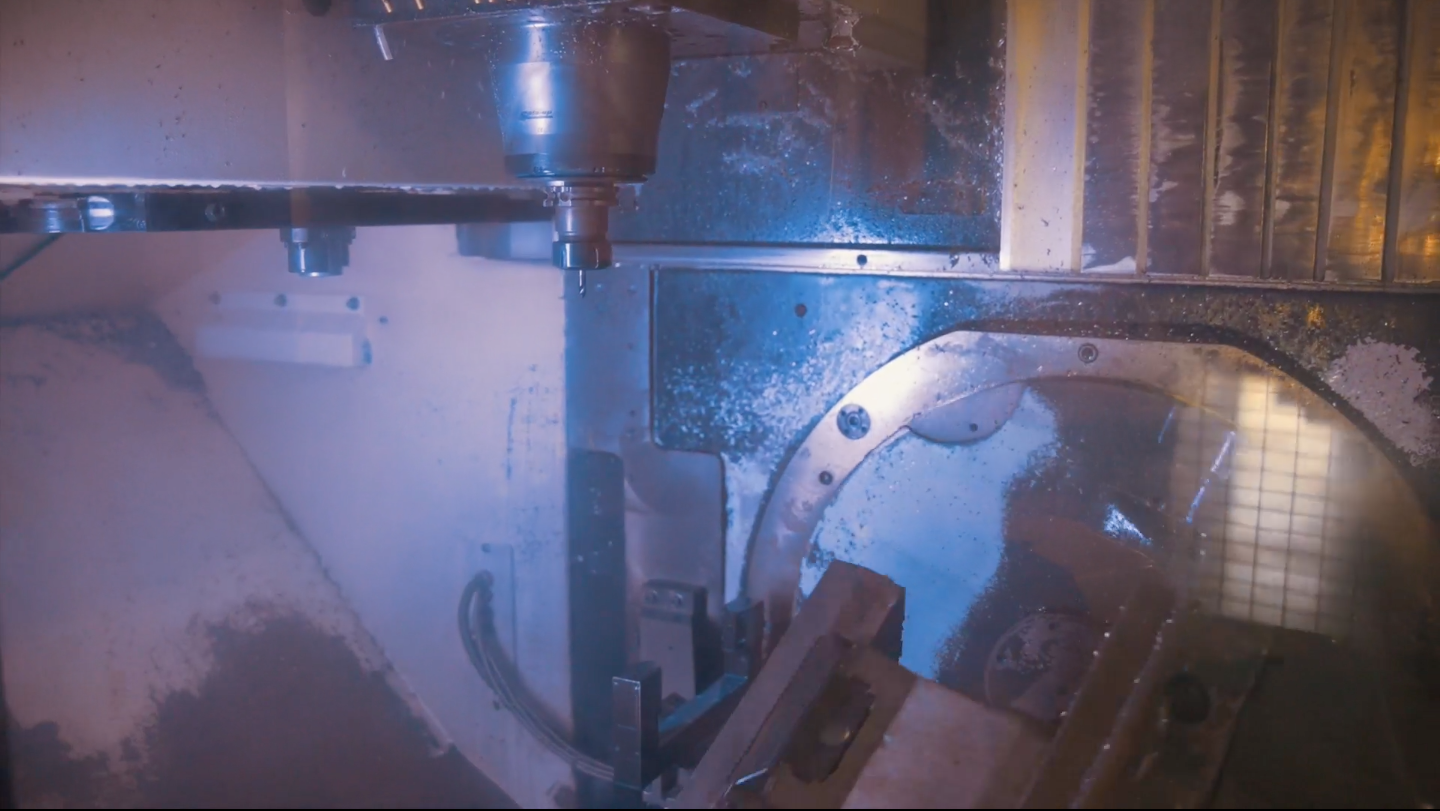
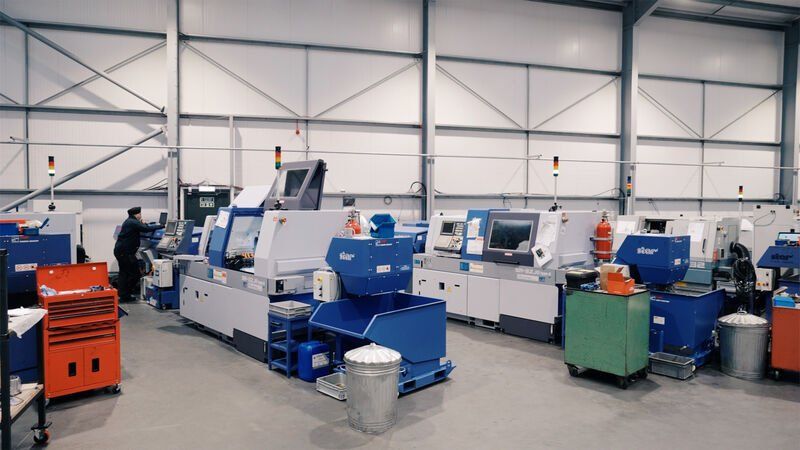
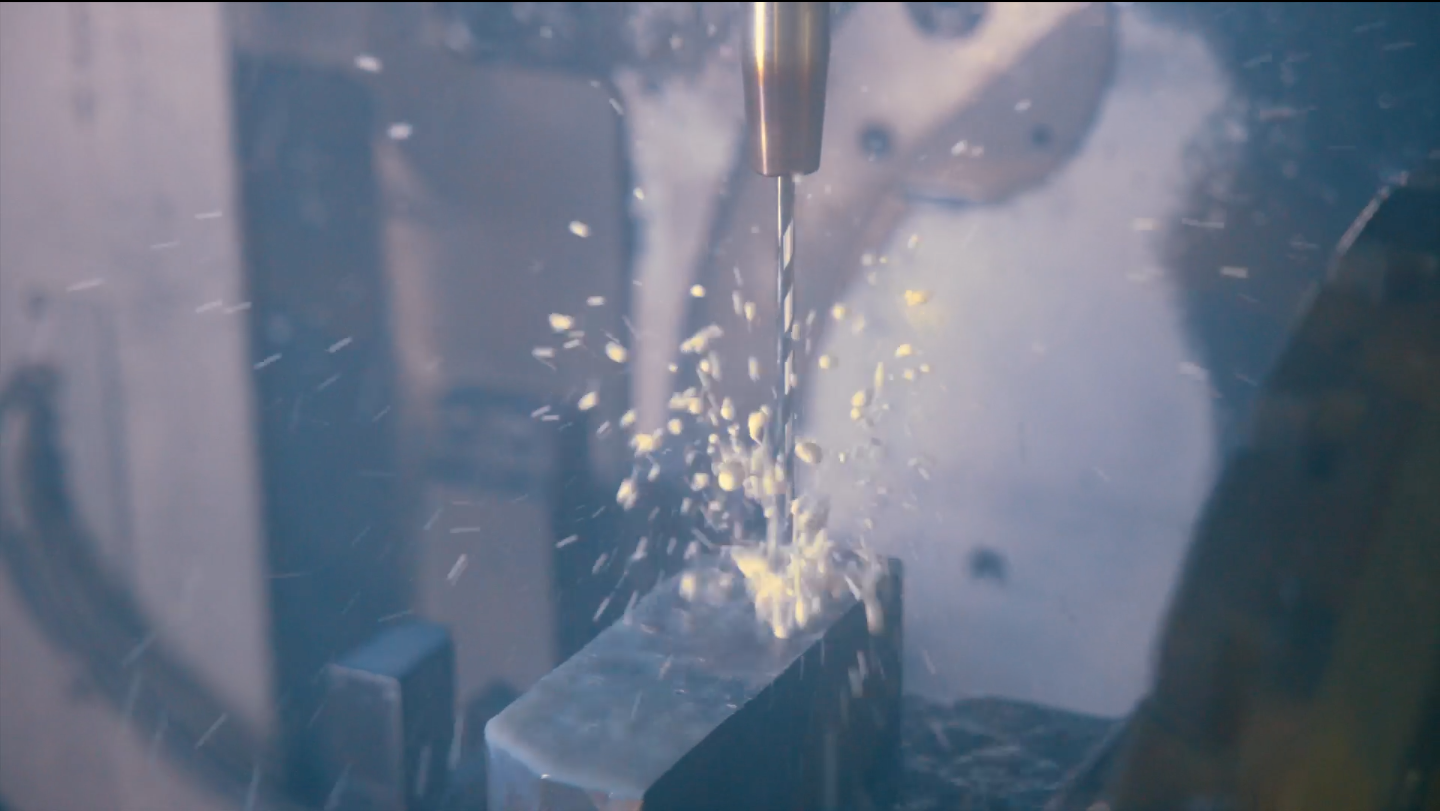
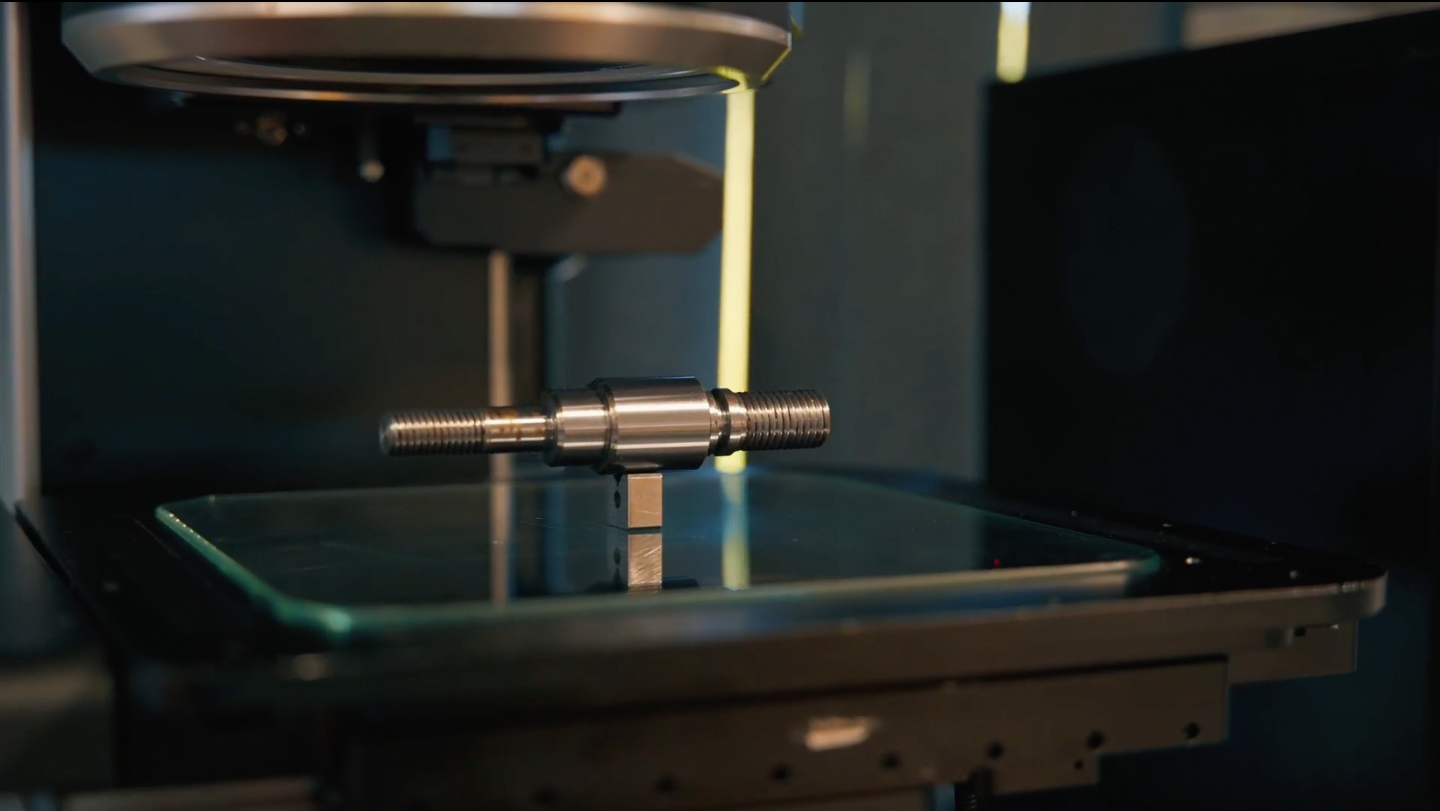
Rotec Aerospace Limited, Enterprise Way, Vale Business Park, Evesham WR11 1GS United Kingdom
Phone: 01386 424111
Email: Info@rotec-ltd.com
Office Hours :
Mon-Fri : 7:30am - 5pm
